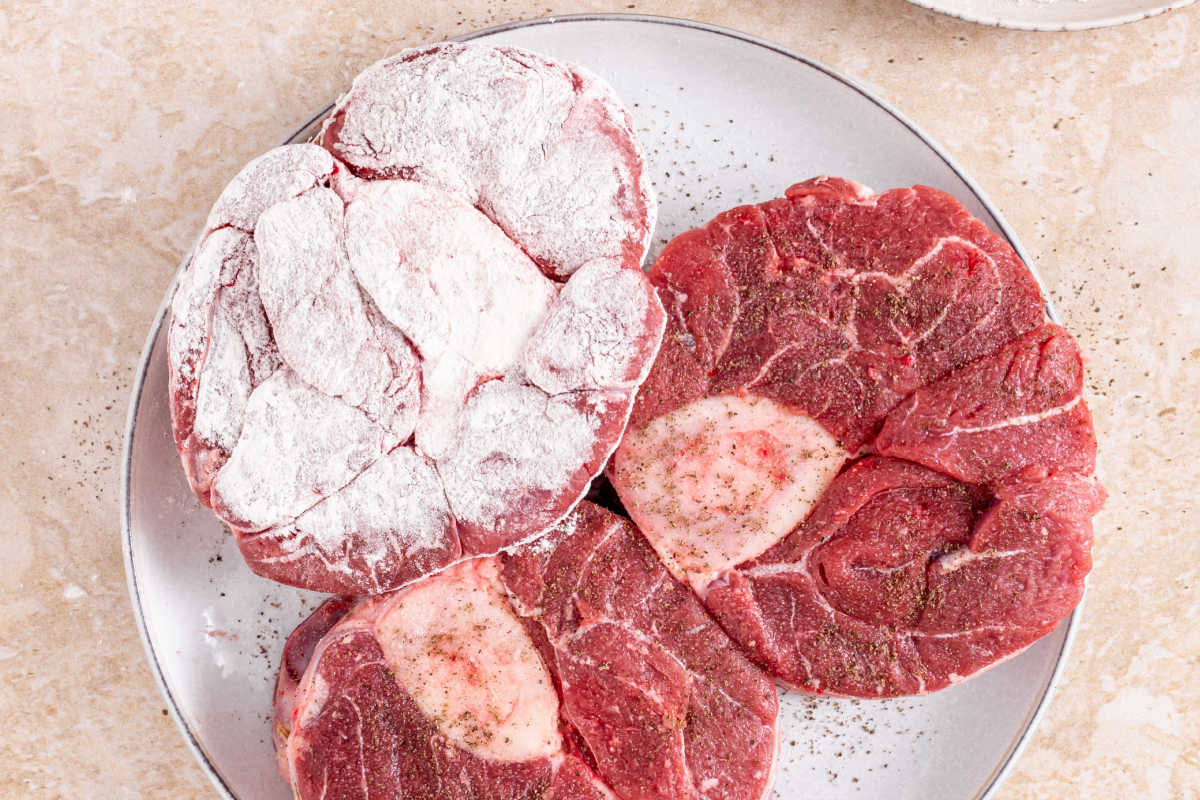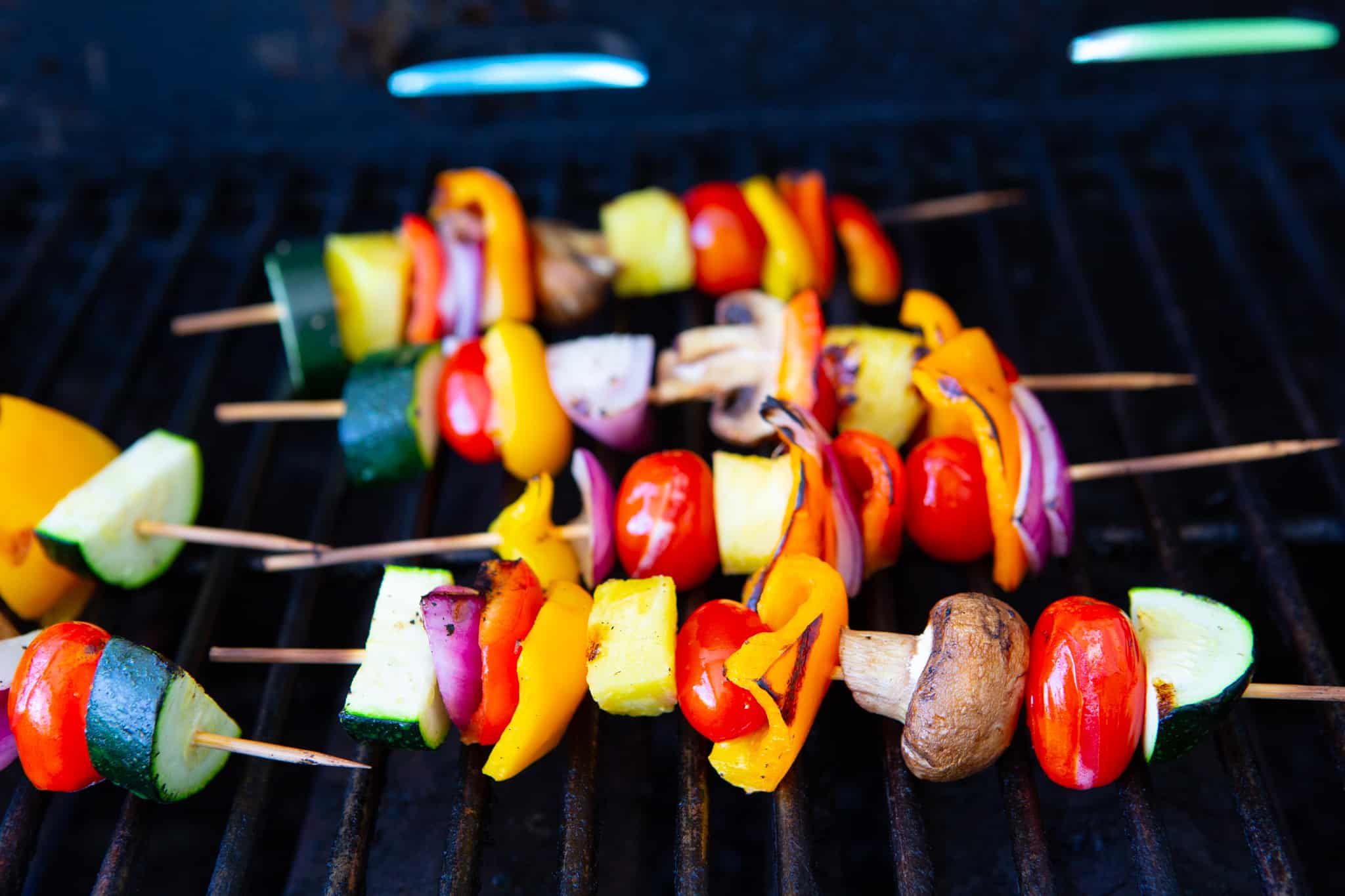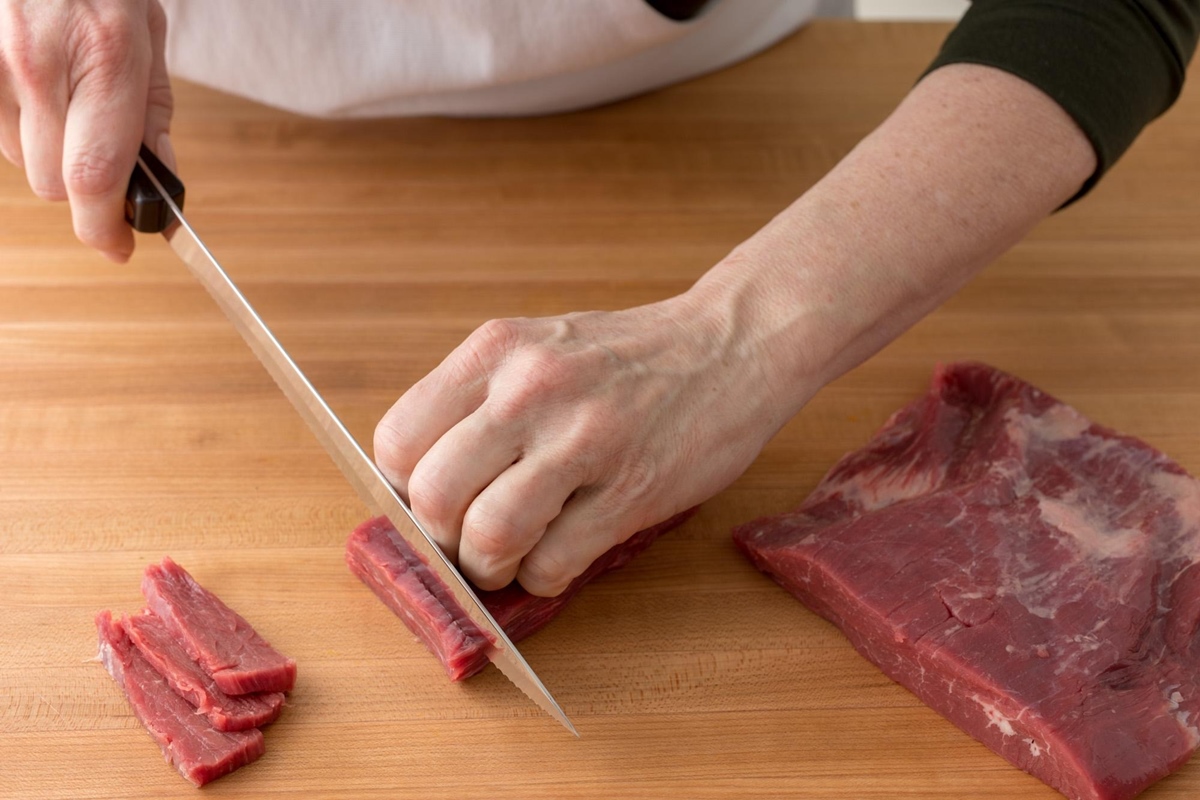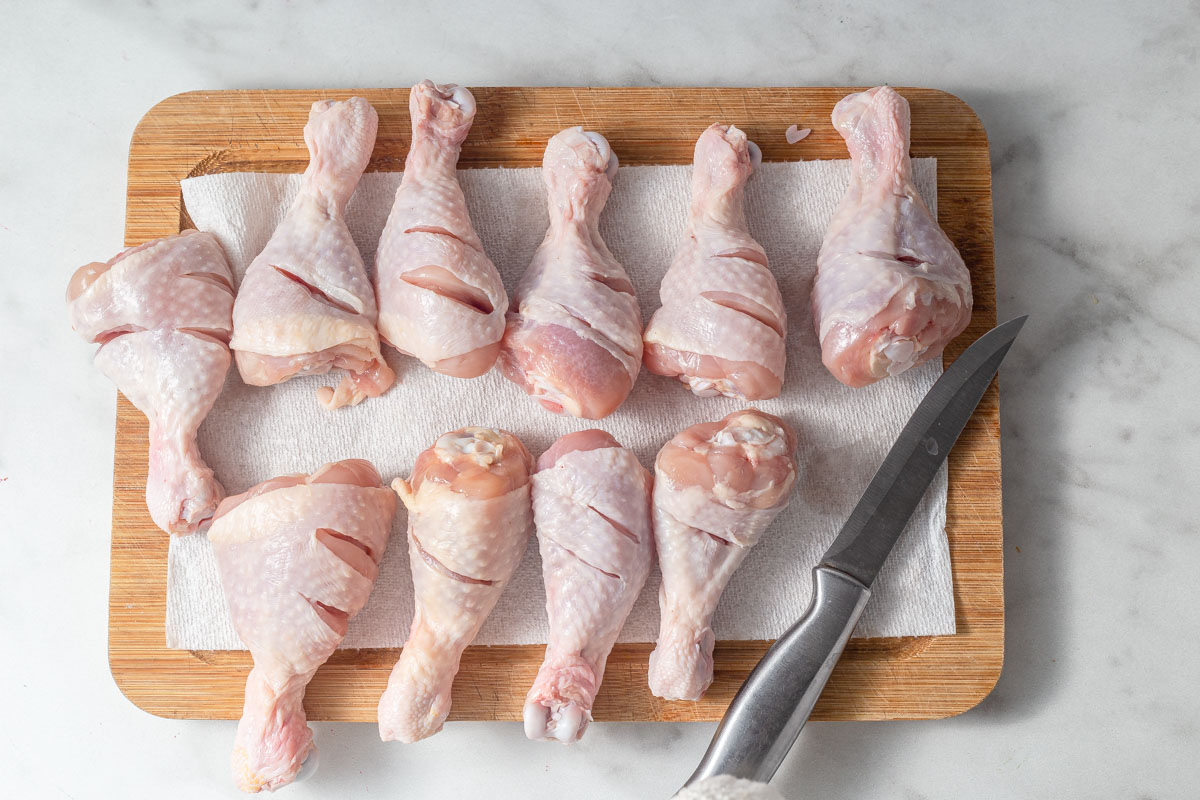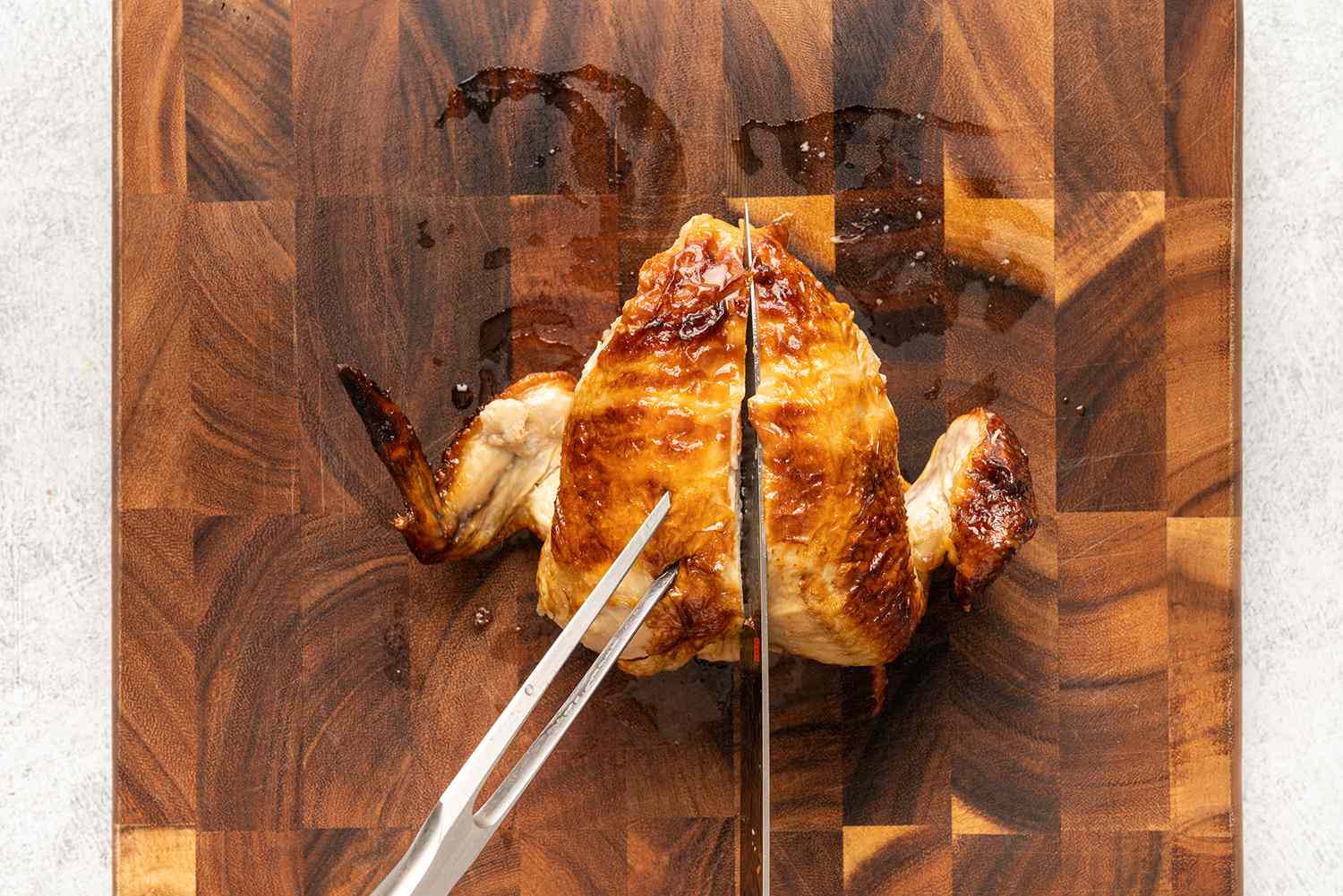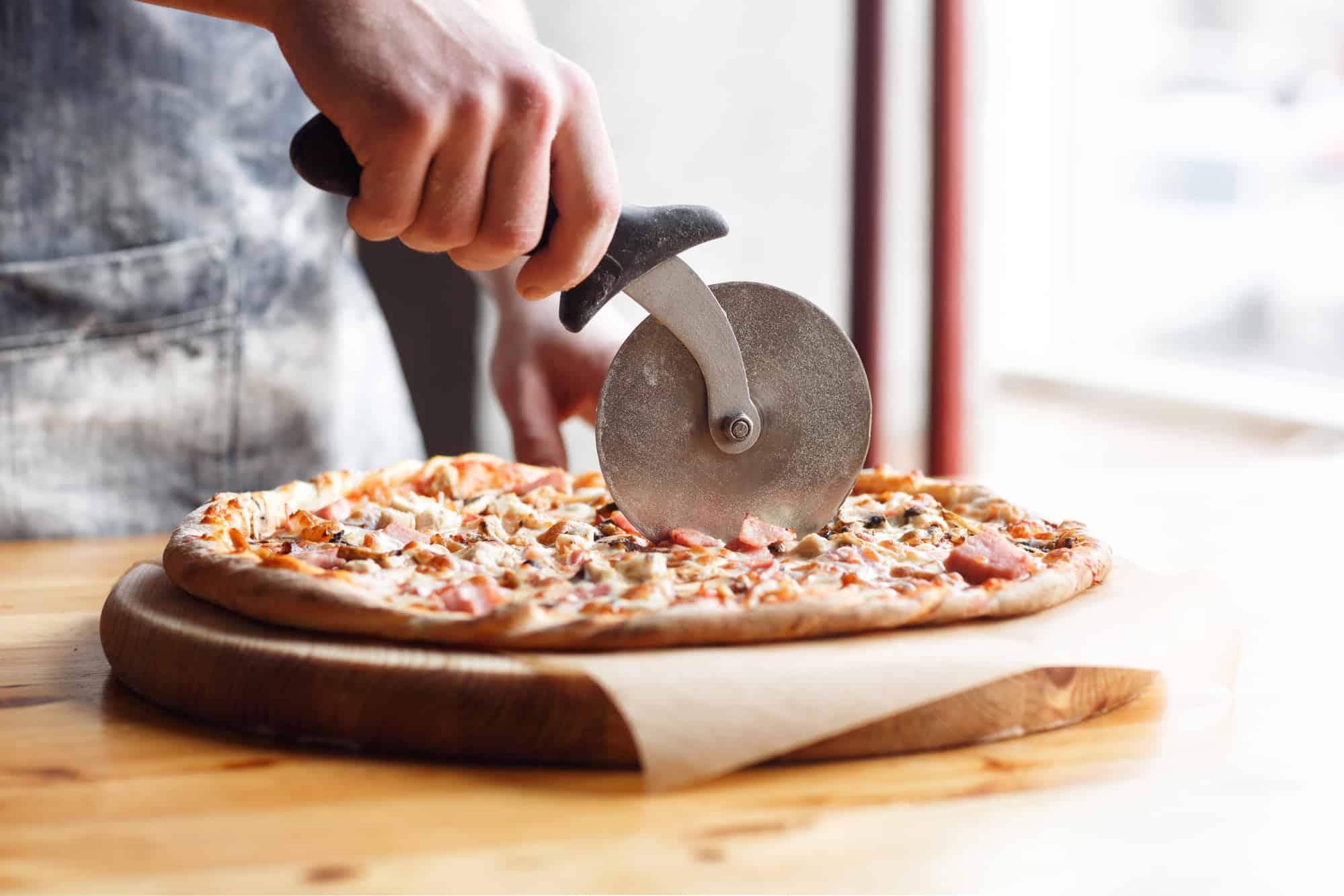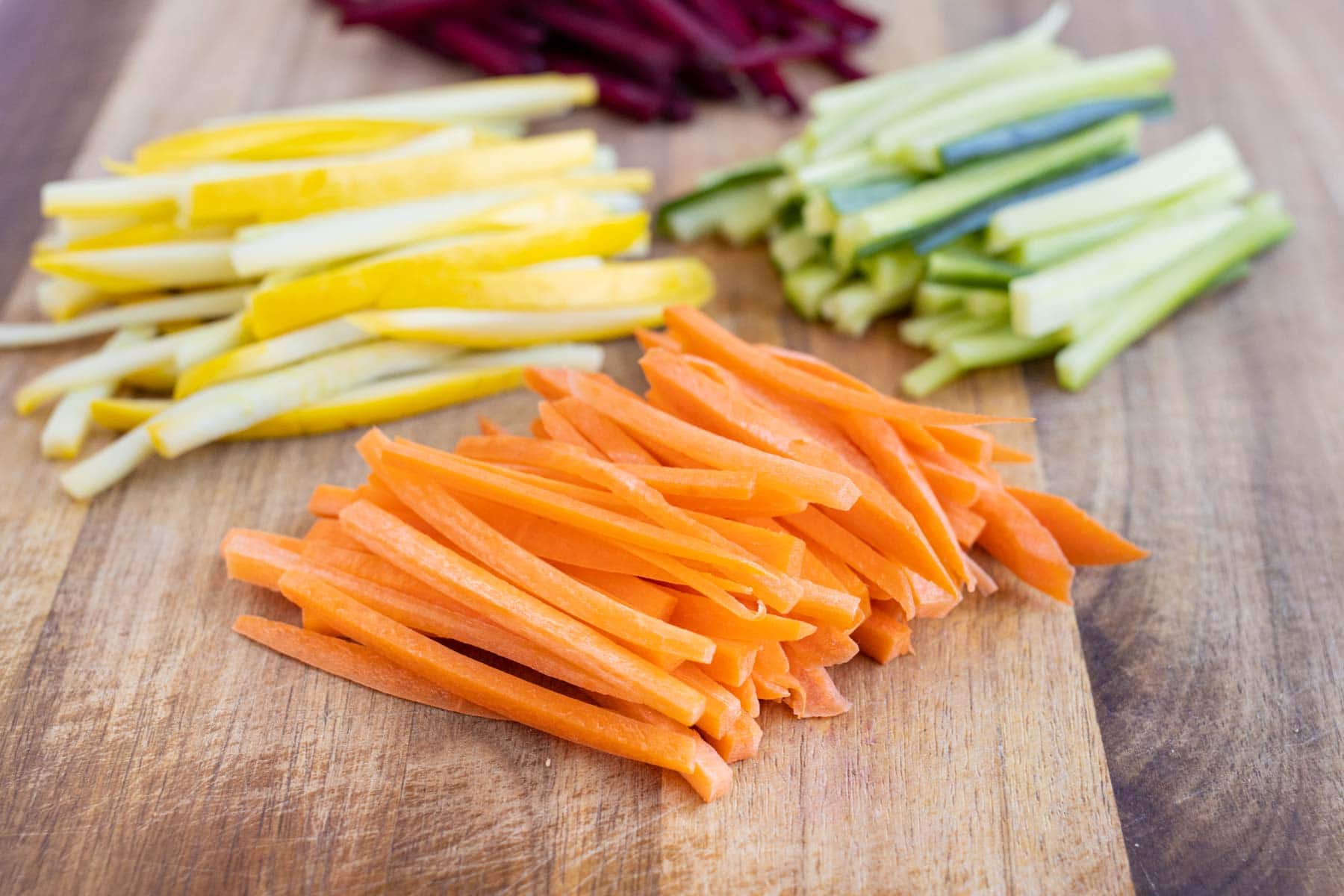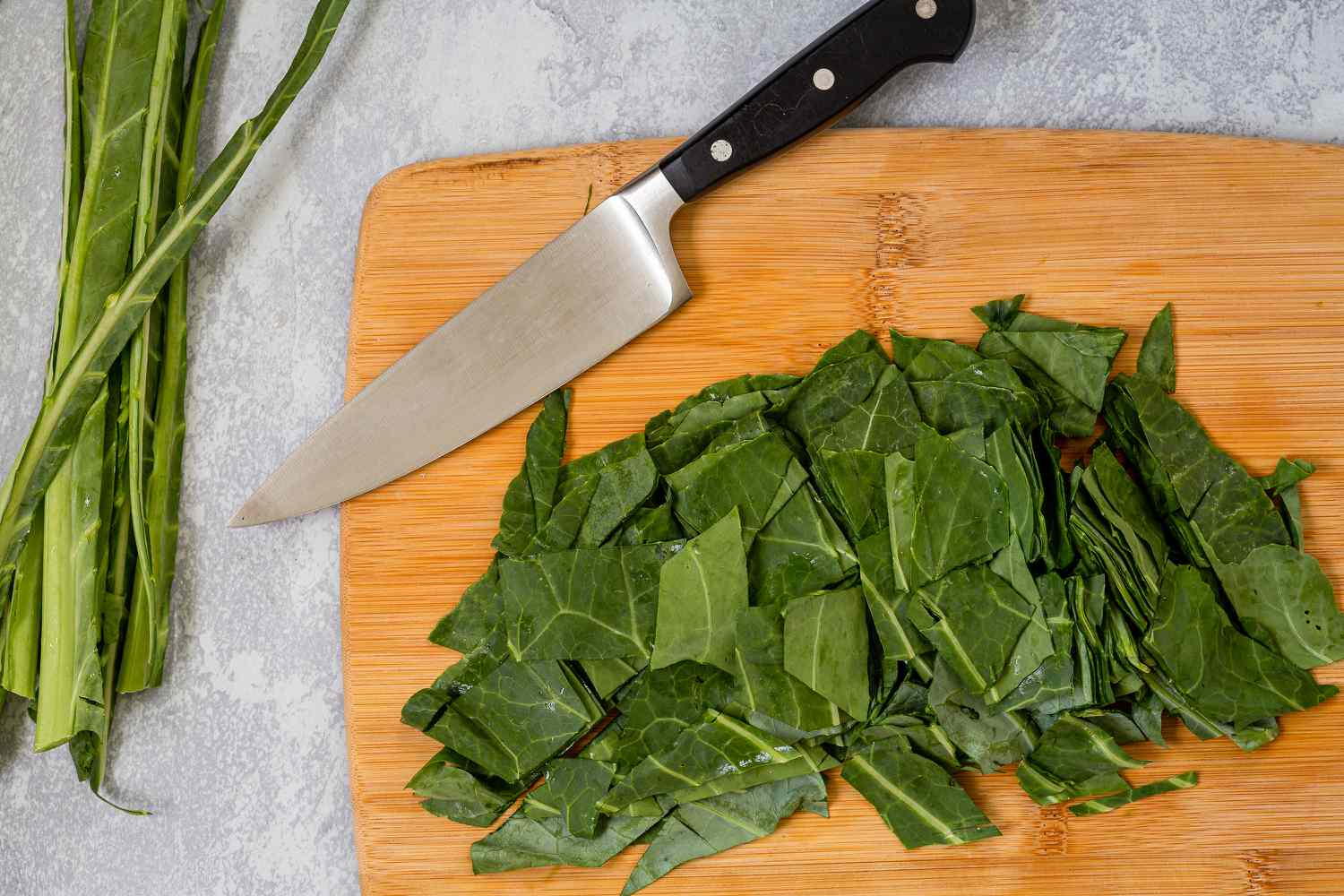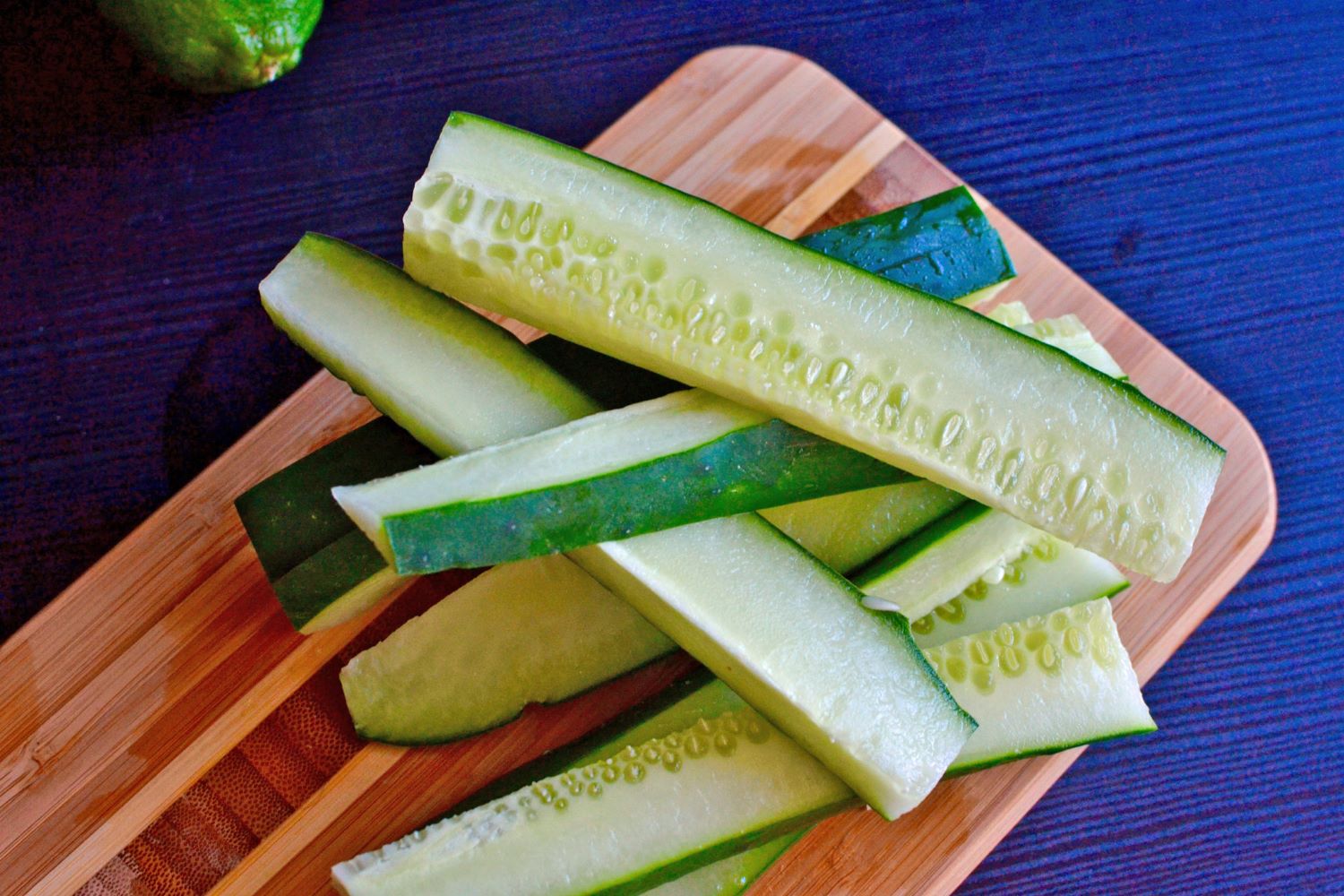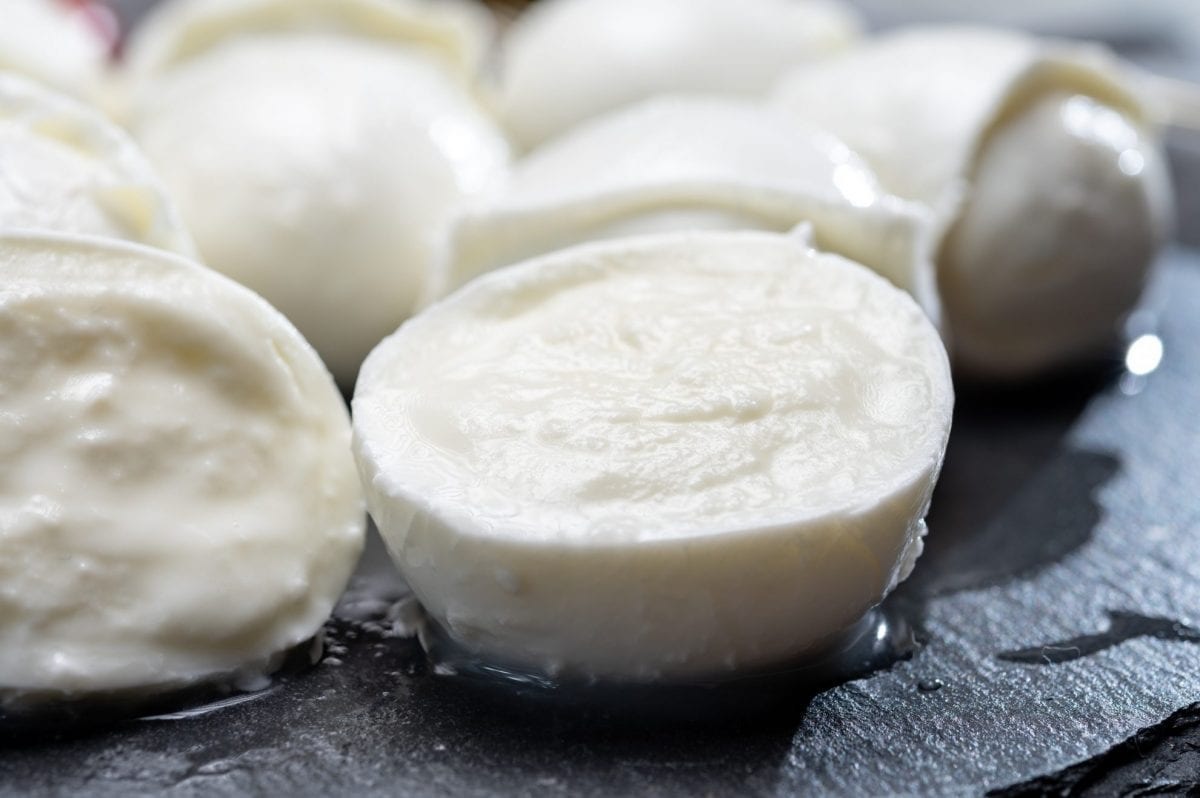How To Cut Corned Beef For Reubens
If you’re a fan of delicious and mouthwatering Reuben sandwiches, then knowing how to properly cut corned beef is essential. The perfect Reuben starts with thinly sliced, tender corned beef piled high on rye bread, topped with sauerkraut, Swiss cheese, and Thousand Island dressing. In this blog post, we will guide you through the steps to achieve the best cuts of corned beef for your Reubens.
What You’ll Need
Before you start, make sure you have the following tools:
- Sharp carving knife
- Cutting board
- Kitchen twine (optional)
Step-By-Step Guide
Follow these steps to cut corned beef for your Reubens:
- Start by chilling the corned beef in the refrigerator for a few hours. This will make it easier to slice.
- Place the chilled corned beef on a cutting board and pat it dry with a paper towel. This step helps to remove excess moisture.
- Using a sharp carving knife, position it at a slight angle and cut thin slices against the grain of the meat. It’s crucial to cut against the grain to ensure the corned beef remains tender and easy to bite into.
- Continue slicing until you have the desired amount of corned beef for your Reubens. Remember, thinner slices are ideal for this sandwich.
- If you prefer your Reubens with warm corned beef, you can heat the slices in a skillet for a few minutes. This will enhance the flavors and give the meat a nice caramelized crust.
Tips for Perfectly Cut Corned Beef
To achieve the best results, keep these tips in mind:
- Make sure to use a sharp knife to ensure clean and precise cuts.
- Chilling the corned beef helps to firm it up, making it easier to achieve thin slices.
- Slicing against the grain guarantees tender corned beef that’s easy to bite into.
- If you want a more uniform size and shape, consider using kitchen twine to tightly bind the corned beef before slicing.
Conclusion
Now that you know how to cut corned beef for Reubens, you can confidently create these iconic sandwiches at home. Remember to slice the corned beef thinly, against the grain, for maximum tenderness and flavor. With a little practice and the right technique, you’ll be serving up delicious Reubens that rival those from your favorite deli. Enjoy!
With the guide on how to cut corned beef for Reubens, readers can explore various recipes that showcase this technique. They might want to start with the Classic Reuben Sandwich, a timeless favorite that highlights the succulent corned beef. For a twist, try the Reuben Egg Rolls, which offer a crispy exterior with a savory filling. The Reuben Sliders are perfect for gatherings, offering bite-sized delights packed with flavor. For a hearty meal, the Reuben Casserole combines all the classic ingredients in a comforting bake. Finally, the Reuben Mac and Cheese is a must-try, blending cheesy goodness with the rich taste of corned beef, making it a crowd-pleaser.
Was this page helpful?
Read Next: How To Cut Potato For Fries
